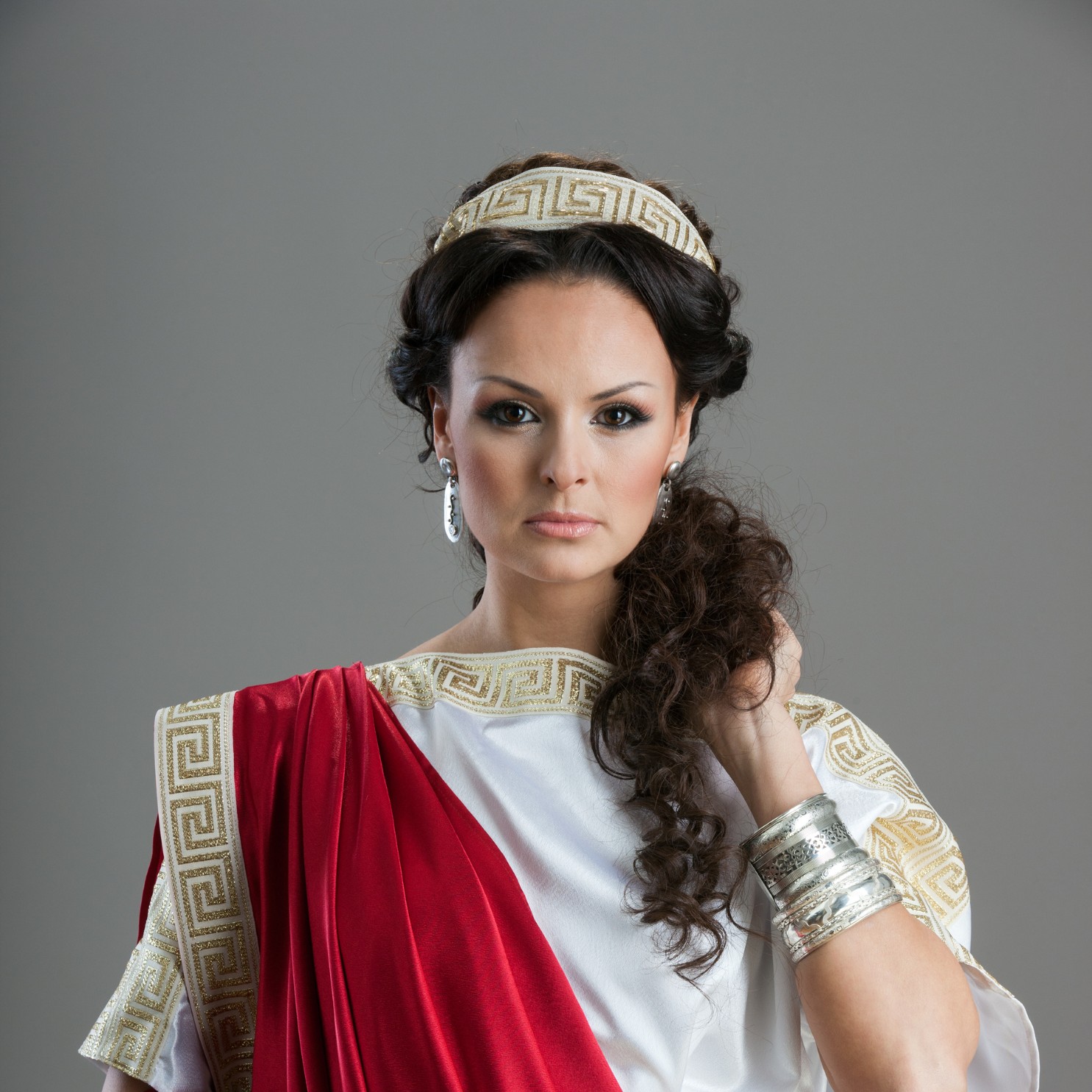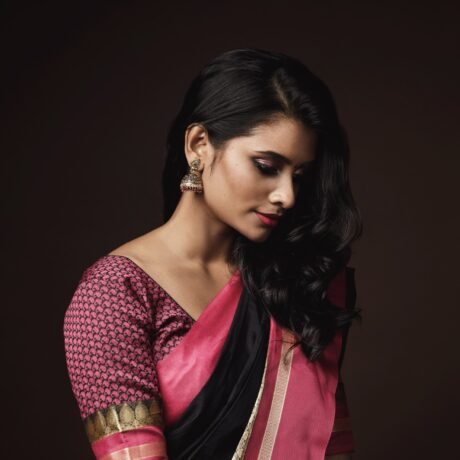Amidst this wave of romanticizing the past, ancient beauty rituals have made a comeback and are currently quite popular on social media. Whether it’s the honey and lemon mask or henna hair dyes, all these trends date back to the olden age.
For centuries, people in South Asia have put fuller’s earth, or “Multani mitti,” and turmeric on their faces for clear and glowing skin. Africans have used neem oil and shea butter religiously for their beauty regimens. Similarly, the native American Wappo people used mud baths to exfoliate their skins.
In Burma, women used to grind the bark of the thanaka tree to form Thanaka powder, which serves as SPF. Chinese empresses used mashed moong or mung beans as face masks.
Let’s just say nature was the ancient people’s beauty box. Here’s a dive into ancient beauty routines and how they have influenced modern-day beauty practices.
Ancient Beauty Rituals Across Cultures
Every culture in history has had its unique beauty, rituals, and traditions. Some have also adopted practices from other cultures, but most of these ancient beauty rituals have been passed down through generations.
In fact, most of the beauty care products we have today are manufactured using these traditions. Let’s explore the most interesting ones:
Ancient Greece
The Greeks loved physical beauty. So much so that the English word ”cosmetics” is derived from ”kosmetikos,” a Greek word. Aphrodite was the goddess of beauty, symbolizing true grace and femininity. The Greeks took her femininity as an inspiration.
Studies show that Greek women had some concept of makeup. If you want to follow the Ancient Greek-styled makeup routine, here is what you need to know:
- The Geeks used white lead to lighten their complexions since ”white” skin was considered beautiful. Close to 1,000 BCE, lead was replaced by chalk powder due to the fatalities caused by lead poisoning.
- They used crushed mulberries as cheek and lip stains. Red iron and clay were ancient lipsticks.
- They made dark eyeshadows using charcoal mixed with oils.
- Greeks also created facial masks and beauty treatments with olive oil and honey. In fact, the Olive tree was considered sacred in ancient Greece since it was believed to be a gift from the Greek god Athena.
Ancient Rome
The Roman bathhouses are still a must-visit in Italy, a testament to how much the Romans valued cleanliness and beauty. Around 100 AD, the bathhouses became a norm in Rome.
The Romans used an instrument called ”strigil,” which was a half-moon-shaped iron that helped in removing dirt and body oils from the skin. Their ancient beauty rituals included:
- Whitening their complexions with white lead, chalk powder, and white marl like Greeks
- Using mulberry juice, poppy petals, wine dregs, crocodile dung, and red chalk on the cheeks
- Wearing strong fragrances, using essential oils and perfumes for both religious ceremonies and daily wear
- Getting nails done for special occasions with a mixture of blood and animal fat to make red and pink nail colors
Ancient Egypt
Many of the ancient beauty rituals we follow today come from the Egyptians. Their traditional beauty routines included:
- Using kohl to line their eyes, believing that it had healing properties
- Wearing extravagant jewelry and headpieces
- Using various oils, creams, and perfumes to keep their skin youthful and glowing
- Bathing with apple cider vinegar, milk, honey, sea salt scrubs, and almond oils. This was the anti-aging routine of Cleopatra, the last pharaoh of Ancient Egypt.
- Using emollients and moisturizers. In fact, researchers believe that ancient Egyptians used around 21 vegetable oils for their beauty routines.
- Using “sugaring” for hair removal method. They used to make a solution with water, lemon, and sugar to form a paste, which was then applied to the hair and pulled off.
Indian Ayurveda
No talk about ancient beauty routines is complete without discussing Ayurveda, a holistic healthcare system that originated in India 5,000 years ago.
The beauty rituals in Ayurvedic practices are centered around balancing the mind, body, and spirit. The ancient beauty rituals of Indians included:
- Using a variety of herbs, such as saffron, sandalwood, turmeric, tulsi, amla, and neem in creams and masks
- Applying Henna, a dye made from the leaves of Lawsonia inermis, the henna plant. To this day, South Asian women use Henna to create intricate designs on their hands and feet for special occasions, especially weddings and religious festivities.
Ancient China
For centuries, and even today, people have marveled at the porcelain skin of Chinese women. The ancient beauty rituals in China are responsible for the flawless complexion of Chinese women.
The beauty rituals of Ancient China included:
- Using Gua sha, a face-shaping and depuffing technique to release tension and sculpt their faces
- Adding green tea extracts to facial masks for anti-aging and anti-inflammatory effects
- Using pearl powder, a finely milled powder made from freshwater pearls, to achieve radiant and glowing skin. This was popular among Chinese noblewomen and empresses. Even today, many skincare formulations use pearl powder as a key ingredient.
Ancient Arabs
Arabs are known for their immeasurable beauty and elegance. Their ancient beauty routines definitely have a role to play in this regard. To follow Ancient Arabs’ beauty ritual, you have to implement the following things:
- Take a bath or steam in Hammams, the Middle Eastern version of a steam bath or a sauna
- Use kohl to line your eyes. Unlike the Egyptians, the Arabs used tree resin instead of lead.
- Apply henna to your hair and nails. Since the Arab Peninsula was extremely hot, Henna also used to serve as a cooling agent.
- Use olive oil on your face for a youthful glow and on your nails to strengthen them. Argan oil can also be used as a moisturizer, while castor oil can thicken lashes and eyebrows. Arab women loved these three oils the most.
Conclusion
We haven’t even covered half of the beauty traditions in ancient history since there are so many. From the coast of Africa to the mountains of China, ancient beauty rituals have persisted throughout centuries.
Many of them are still prevalent in their more advanced or modern versions. It just goes to show how important beauty has been and continues to be in different cultures and societies.



[…] Aromatherapy essential oils have been gaining a lot of hype recently, especially in the online space, where celebrities and influencers are quite vocal about their use. While the trend may have reemerged, aromatherapy isn’t a novel health and beauty practice. […]